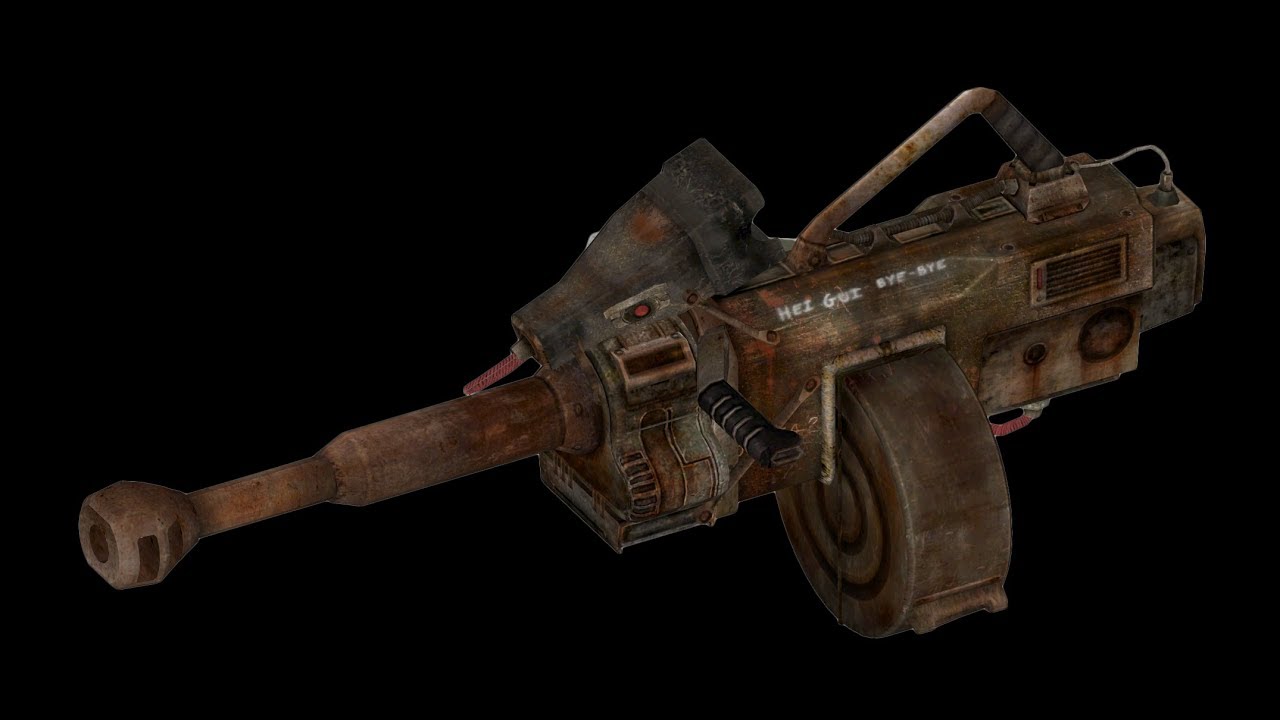

Others, such as the Hotchkiss M1922, could be fed either from a belt/ strip or from a box magazine.

Many light machine guns (such as the Bren gun or the M1918 Browning Automatic Rifle) were magazine-fed. Lighter modern LMGs have enabled them to be issued down at the fireteam level, with two or three at the section/squad level. Marching fire is a specific tactic that relies on this capability. Light machine guns are also designed to be fired from the hip or on the move as a form of suppressive fire intended to pin down the enemy. Deployed on a tripod and used for sustained fire, it is a medium machine gun if deployed with a bipod with the operator in a prone position and firing short bursts, it is a light machine gun. Adaptations to the original rifle generally include a larger magazine, a heavier barrel to resist overheating, a more robust mechanism to support sustained fire and a bipod.Ī light machine gun is also defined by its usage as well as its specifications: some machine guns – notably general-purpose machine guns – may be deployed either as a light machine gun or a medium machine gun.

Some LMGs, such as the Russian RPK, are modifications of existing designs and designed to share the same ammunition. While early light machine guns fired full-powered rifle cartridges, modern light machine guns often fire smaller-caliber rifle cartridges than medium machine guns – generally the same intermediate cartridge fired by a service's standard assault rifle – and are usually lighter and more compact.


 0 kommentar(er)
0 kommentar(er)
